You are here
Southern Oregon Coast + Rogue River, Oregon
Samuel H. Boardman State Scenic Corridor
Samuel H. Boardman State Scenic Corridor
Northern Oregon Coast, Oregon
Southern Oregon Coast + Rogue River, Oregon
Central Oregon Coast, Oregon
Ona Beach + Beaver Creek State Natural Recreation Area
Southern Oregon Coast + Rogue River, Oregon

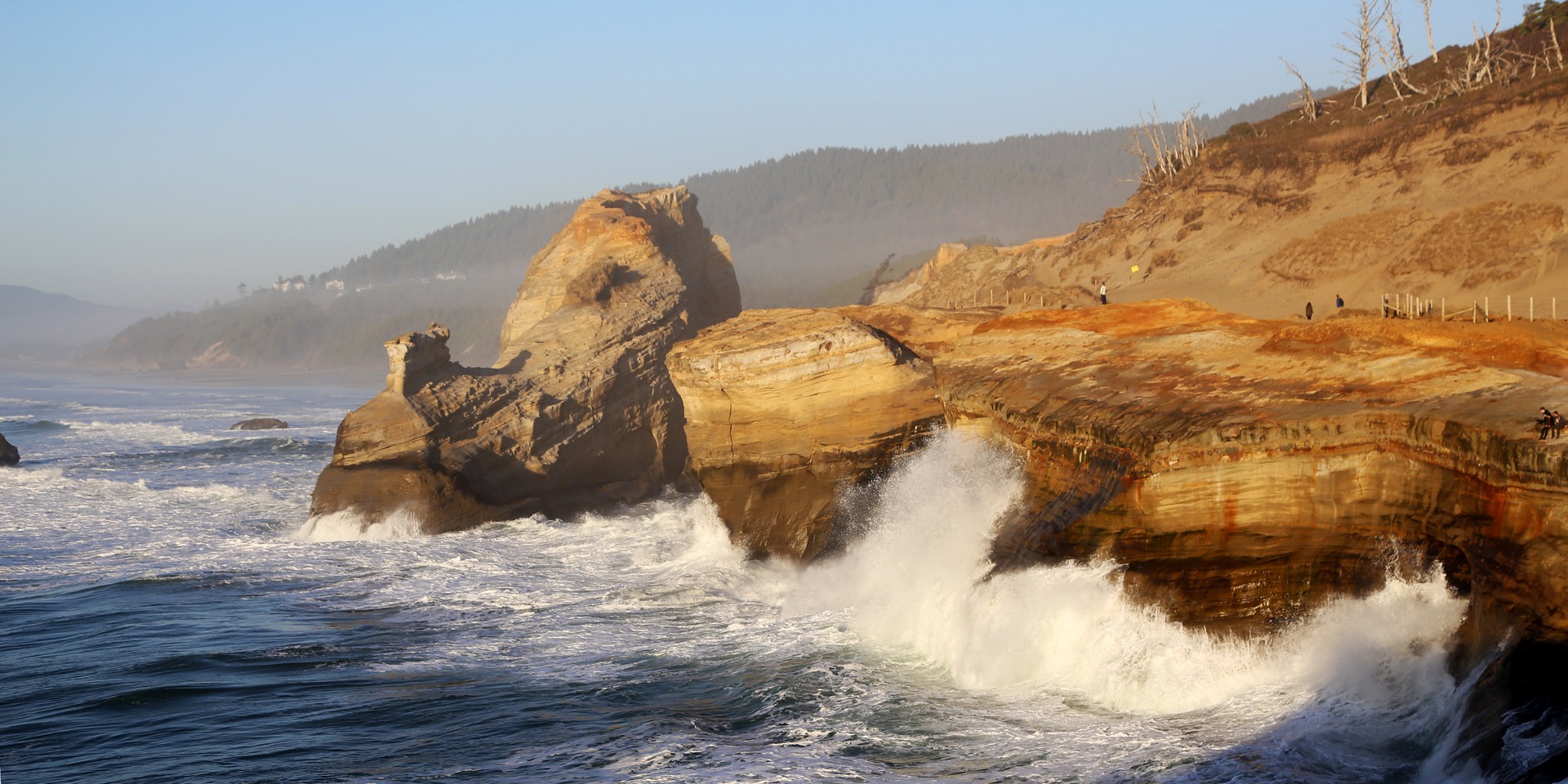
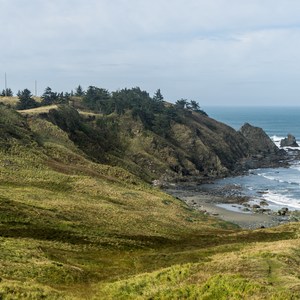
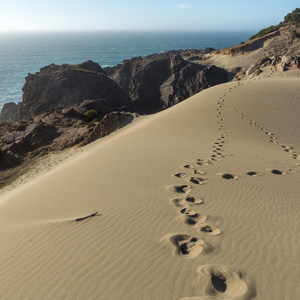
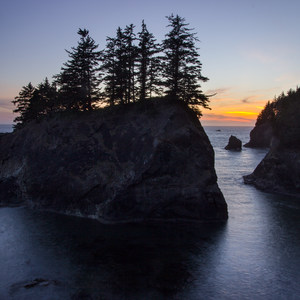
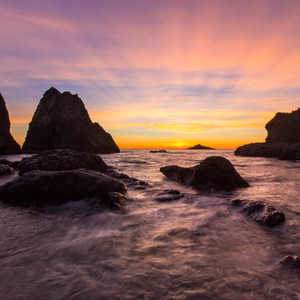
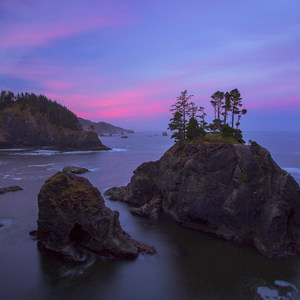
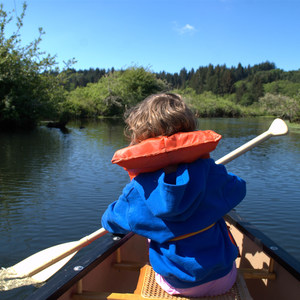

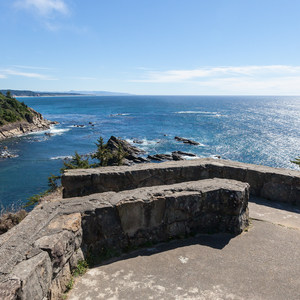



Comments
Sign In and share them.